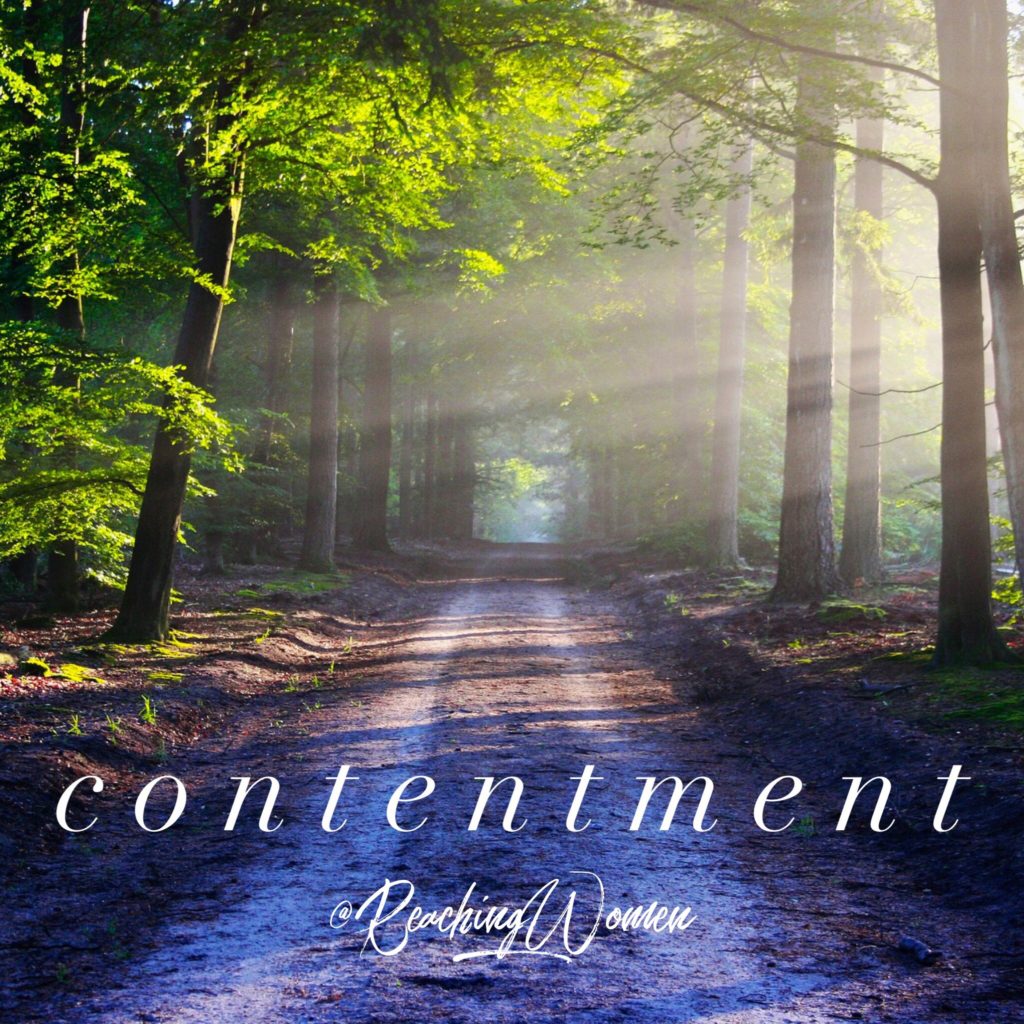In observance of my Benedictine Monastic practices, on the last Friday of each month in 2019 we’re walking Saint Benedict’s 12 Steps of Humility. With each step we come closer to our spiritual transformation and the perfect love of God.

The sixth step of humility is that we are content with the lowest and most menial treatment. ~ The Rule of Benedict.
“I know what it is to be poor or to have plenty, and I have lived under all kinds of conditions. I know what it means to be full or to be hungry, to have too much or too little. Christ gives me the strength to face anything.” ~ Philippians 4:12-13
Benedict isn’t approving poor treatment.
Like much of the Gospel things are backwards in God’s Kingdom compared to what the world would teach. At first glance Saint Benedict seems to be asking us to put ourselves below others in a negative way. It’s true we’re supposed to let others go before us out of respect but not with a self-deprecating manner or attitude. In humility we let go of the part of ourselves that we think is so important; we put others first and become willing to do menial tasks. Then we are able to let God honor us not look for it from people.
Accept life circumstances as they come.
Saint Benedict asks us to follow Christ and what the Apostle Paul teaches us in the Scripture quoted above. We can’t think we are above anyone or any situation in life. We must find peace in the struggle, with God and with ourselves. As we trust God to strengthen us, we can face whatever circumstance comes our way.
Outward situations can’t dictate our happiness.
A humble heart is fixed on God so much that the changing external circumstances of life don’t affect our mood. Our realities don’t dominate our state of mind or spirit. We submit our desires to God’s will in our life for today knowing He has good planned to come from it all.
Humility steps lightly in peace.
“Humility steps lightly, not intent on having the now be more… Humility enables us to see that the present holds riches for us that we have not seen before because our eyes were focused beyond the present moment.” ~ Joan Chittister.
Humility finds contentment in God’s love.
God doesn’t want us to strive for the things of this world. Neither does He want us to strive for His love. We don’t have to do anything for it. God has freely given us His love. He wants us to freely receive what He has already given us. All we have to do is come to God and let Him have all of our heart.
Find contentment. Stop striving. Receive His love today!
